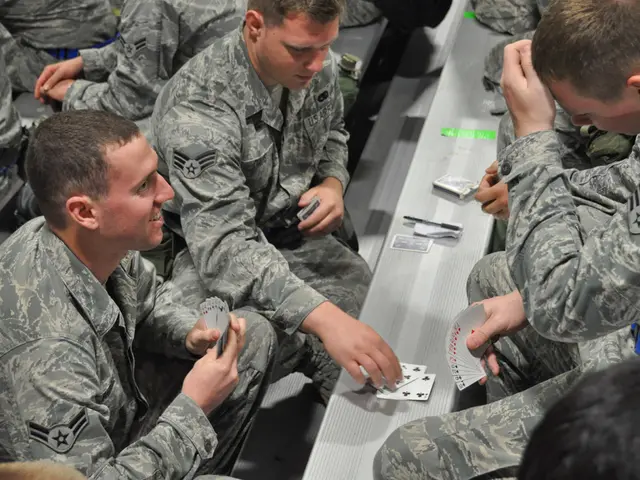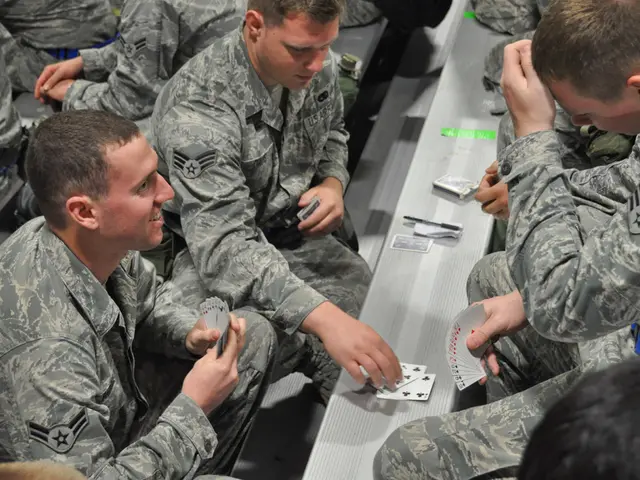Autonomous drone navigation through artificial intelligence, replicating the routes of vehicles such as cars and bicycles.
Autonomous Drones Take a Leap Forward with DroNet
Researchers at the University of Zurich and the National Centre of Competence in Research NCCR Robotics have made a significant stride in integrating autonomously navigating drones into everyday life with the development of DroNet. This algorithm, designed by a team led by Professor Davide Scaramuzza, enables drones to navigate safely in complex urban environments filled with cars, cyclists, pedestrians, and other obstacles.
DroNet, an 8-layers residual network, produces steering angles and collision probabilities from single input images. Its design allows it to react promptly to dangerous situations, a feature that until now, commercial drones have not been able to achieve in such complex environments.
The algorithm learns to solve complex tasks from a set of 'training examples', and it can adapt to new environments without explicit training. To train DroNet, Professor Scaramuzza and his team collected data from cars and bicycles in urban environments. The drone developed by this Swiss research team uses a normal camera like that of a smartphone for observation.
DroNet is capable of recognising both static and dynamic obstacles, enabling the drone to avoid collisions. It learns to respect safety rules such as staying within lanes and stopping for obstacles by imitating cars and bicycles. This means that DroNet can navigate autonomously not only in city streets but also in indoor environments like parking lots and office corridors.
However, the team warns against exaggerated expectations for what lightweight, cheap drones can achieve. PhD Student Antonio Loquercio emphasises that many technological issues still need to be overcome before the most ambitious applications of DroNet can become reality.
The development of DroNet opens up potential applications in monitoring and surveillance, parcel delivery, and rescue operations in urban areas. As this technology continues to evolve, we may soon see drones becoming a common sight in our cities, making everyday life more efficient and convenient.




